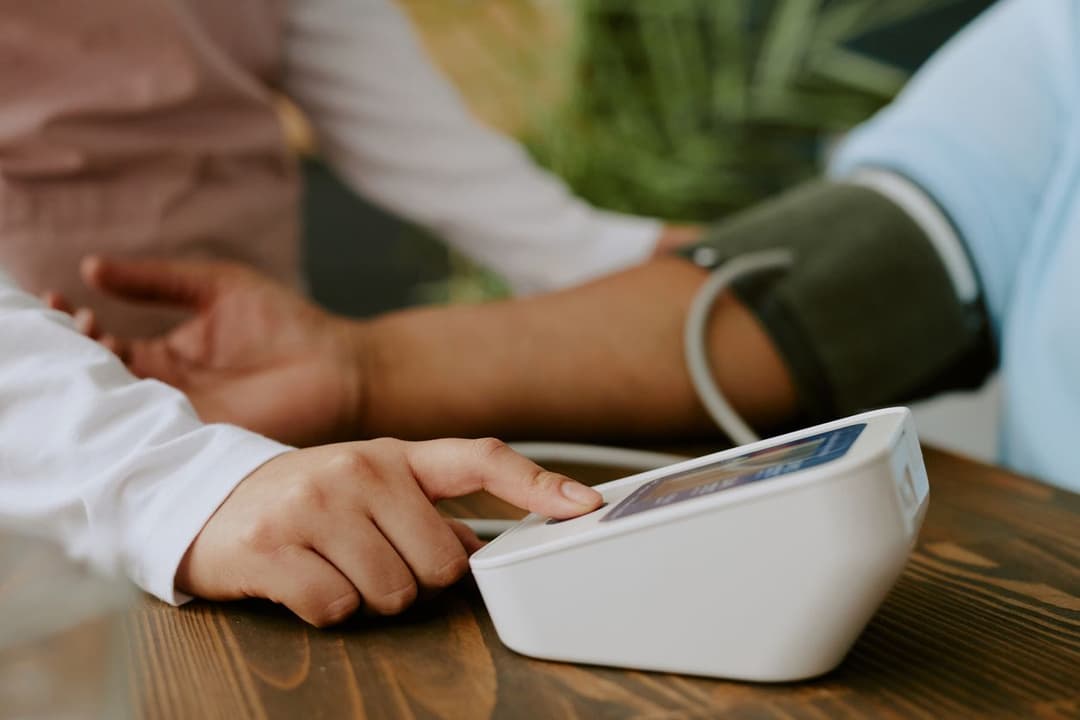
How the RPM Access Act Aligns with Our Mission

Author
Digital health marketing professional with over 10 years of experience bridging clinical and wellness spaces by leveraging innovative technologies, behavioral change programs, and strategic digital marketing.
How the RPM Access Act Aligns with Our Mission
Rural health is a pressing national priority, underscored by the introduction of the Rural Patient Monitoring Access Act, a bipartisan bill led by Senators Marsha Blackburn (R-TN) and Mark Warner (D-VA). The legislation marks an important step towards expanding Remote Physiological Monitoring (RPM) access for Medicare patients in underserved areas.
“Medicare beneficiaries in rural and underserved areas often face serious barriers to health care, and they deserve better.” — Senator Marsha Blackburn
At KangarooHealth, we’ve always believed care shouldn’t depend on location. We have worked tirelessly to help bridge the rural health care gaps by supporting providers in delivering continuous, high-touch care, even in the most remote communities.
This legislation validates what our partners already know: technology-enabled care saves lives, reduces costs, and empowers patients to manage chronic conditions better.
What the RPM Access Act Proposes
The RPM Access Act focuses on improving payment equity and setting quality standards for remote monitoring services under Medicare. If enacted, it would:
- Establish a geographic payment floor for RPM, ensuring providers in rural and underserved areas are reimbursed at no less than the national average.
- Set standards requiring RPM providers to respond to abnormal data and transmit vitals and care notes to supervising clinicians.
- Direct CMS to evaluate RPM-related cost savings and outcomes, guiding future policy development.
“Remote monitoring services offer a life-saving solution... allowing individuals to regularly receive the medical consultations they need, all while lowering costs and hospital admissions.” — Senator Marsha Blackburn
“Technology-enabled care is crucial to ensuring seniors in rural areas are able to safely manage their chronic conditions.” — Alan Morgan, CEO, National Rural Health Association
What KangarooHealth Is Already Delivering
While the legislation moves through Congress, KangarooHealth is already operationalizing these goals in the field.
Our connected care platform and clinical support model enable:
- RPM workflows tailored to chronic and acute conditions
- Timely alerts with actionable insights
- Multilingual, patient-centered Chronic Care Management (CCM)
- EHR-integrated vitals and care coordination notes
- Mobile tools that improve engagement, even in areas with broadband or staffing constraints
Real Outcomes, Not Hypotheticals
RPM plays a critical role in improving chronic disease management, patient engagement, and cost reduction.
Studies show:
- RPM was associated with a 75% reduction in stage 2 hypertension over 12 months. Read the study.
- In a cohort of 4,000+ patients with hypertension, RPM decreased total monthly cost of care by more than 50%. Read the study.
We’ve seen this impact firsthand:
- A patient with congestive heart failure avoided hospitalization after three days of upward-trending vitals.
- A bilingual care coordinator re-engaged a diabetic patient who was struggling with medication adherence.
- A rural clinic improved both patient engagement and reimbursement by integrating RPM and CCM.
These are real stories and results being achieved with remote patient monitoring.
If passed, the bill will:
- Ensure equitable RPM reimbursement in rural and underserved areas
- Reinforce clinical standards for monitoring and response
- Enable outcome tracking to demonstrate Medicare savings
“Remote physiologic monitoring allows for chronic disease complications to be captured early—saving lives, reducing costs, and helping to mitigate common rural barriers.” — Alan Morgan, National Rural Health Association
From Policy to Practice
The RPM Access Act is a meaningful step toward equitable care delivery, but you don’t have to wait for Congress.
KangarooHealth is already equipping clinics, RHCs, FQHCs, and health systems with the tools and team to deliver compliant, scalable, and patient-centered RPM.
Want to expand access, strengthen outcomes, and bring high-quality care closer to home for your patients?
Let’s talk about what that can look like.
Read more about the Rural Patient Monitoring (RPM) Access Act

Sesily Maness
AuthorDigital health marketing professional with over 10 years of experience bridging clinical and wellness spaces by leveraging innovative technologies, behavioral change programs, and strategic digital marketing.
Other articles you might find interesting

KangarooHealth is redefining connected care. With RPM, CCM, and PCM solutions, we empower providers to monitor patients in real time, engage them across multiple channels, and turn data into meaningful action. Our platform helps healthcare teams expand access, improve outcomes, and deliver seamless, patient-centered care at scale.

CMS’s 2026 Medicare Physician Fee Schedule final rule introduces two new CPT codes for Remote Patient Monitoring (RPM), expanding flexibility for providers and strengthening program sustainability. Additional updates impact APCM, FQHC/RHC billing, preventive services, and virtual care compliance, supporting more effective and scalable connected care programs.

Medicare continues to cover RPM and CCM during the government shutdown. Some claims delays and telehealth rule changes may occur; read our full update for guidance.